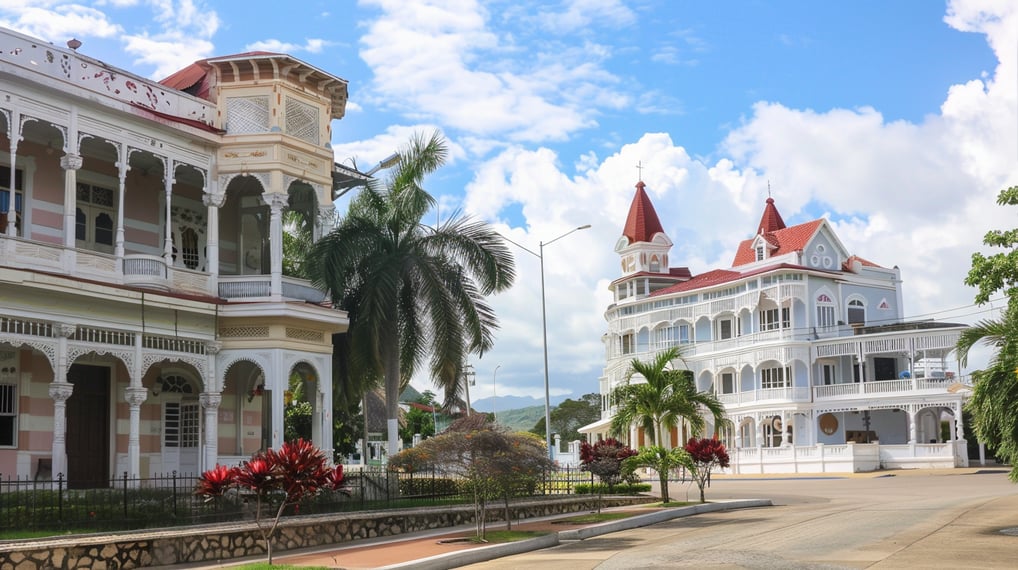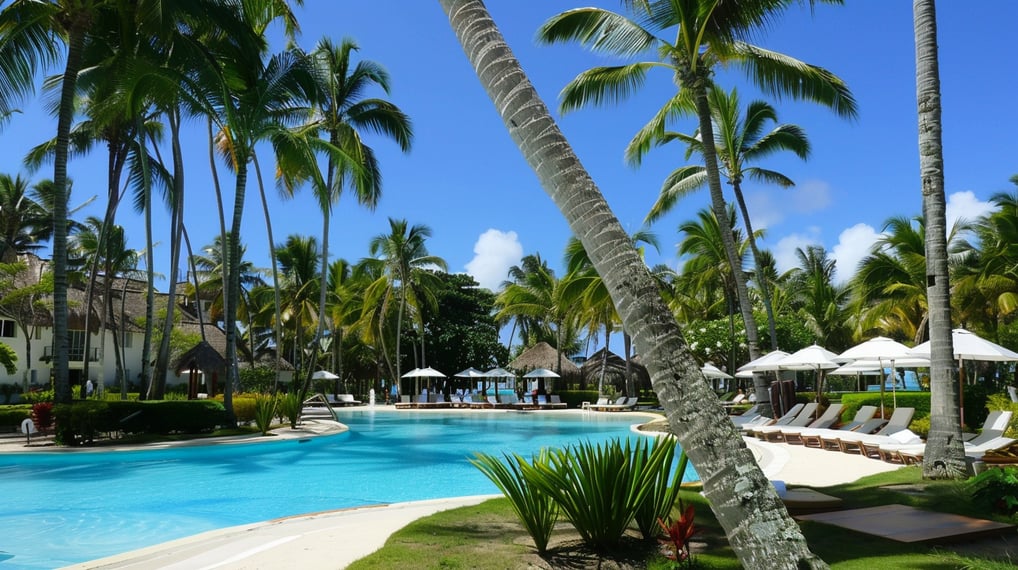Dominican Republic's Architectural Marvels: A Coastal Heritage Tour
Step into history and marvel at the architectural treasures along the Dominican Republic's coastline. From colonial fortresses to modernist landmarks, join us on a journey through the nation's built heritage, where each structure tells a story of time and tide.

Colonial Charms in Santo Domingo
Santo Domingo, the oldest continuously inhabited European settlement in the Americas, is the starting point of our architectural journey. The city's Zona Colonial is a UNESCO World Heritage site, packed with historical buildings that exhibit early colonial architecture. The Catedral Primada de América, the oldest cathedral in the New World, stands as a testament to the resilience and architectural prowess of the early Spanish colonizers. Its limestone walls and Gothic-style vaults speak volumes about the medieval European influence on Caribbean architecture.
Just a few blocks away, the Alcázar de Colón, once the residence of Diego Columbus, Christopher Columbus’s son, showcases the richness of Spanish Renaissance architecture. With its arched galleries and ornate facades, the palace is a pivotal piece of the architectural landscape of old Santo Domingo. These buildings are not just relics but are active parts of the cultural fabric of the city, hosting various exhibitions and cultural events that breathe contemporary life into historical walls.
Victorian Vistas in Puerto Plata
Moving north to the Atlantic coast, Puerto Plata offers a change in architectural scenery with its well-preserved Victorian buildings. The vibrant gingerbread motifs and pastel-colored facades of the Victorian homes along the Malecón offer a picturesque contrast to the blue ocean backdrop. The Casa de Cultura, a striking example of this era, features intricate woodwork and expansive balconies that characterize the Victorian love for ornate and expansive structures. These homes were built during a booming period in the late 19th and early 20th centuries when Puerto Plata prospered from the amber and sugar trade.
A visit to the San Felipe Fortress, built to protect against pirates and now a historical museum, allows travelers to delve deeper into the military architecture of the period. Its robust design and strategic location overlooking the bay make it an outstanding example of military architecture in the Caribbean.

Modern Movements along the Coast
As we explore further, the architectural tour transitions into the 20th century, where the influence of modernism began to take shape in the urban and coastal developments of the Dominican Republic. In cities like La Romana and Punta Cana, modern architectural practices influenced by international styles can be seen in luxury resorts and private villas that blend sleek modernist aesthetics with tropical design elements such as open spaces, large windows, and integration with natural surroundings.
The Altos de Chavón in La Romana, a modern-day replica of a Mediterranean village constructed in the 1970s, combines historical architectural techniques with modern craftsmanship. The village is a cultural center designed by Roberto Coppa and features a Roman-style amphitheater, craft workshops, museums, and boutiques, presenting a harmonious blend of history and modernity.